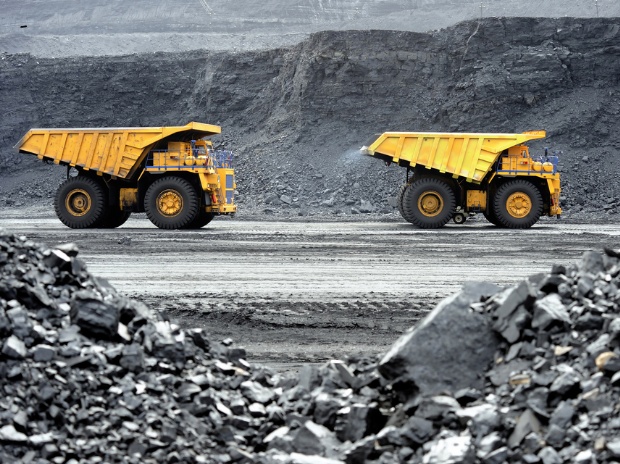Bhagirathi Behera
Mining is integral to social development. But the impact mining has on the environment needs to be mitigated. The majority of proposed mining projects involve the extraction of ore for metals such as copper, nickel, cobalt, gold, silver, lead, zinc, molybdenum and platinum. The environmental and social impacts of mining have been well-documented. They can occur at local, regional and global scales and can be divided into waste management issues, impacts to biodiversity and habitat, indirect impacts, and poverty alleviation and wealth distribution.
Odisha is a leading producer of chromite, graphite, bauxite, manganese ore, iron ore, sillimanite, quartzite, pyroxenite and dolomite. It has the country’s sole resources of ruby and platinum group of metals. In 2017-18, Odisha contributed 34.3 per cent to the total production of minerals by value. Mining can have harmful effects on surrounding surface and groundwater. If proper precautions are not taken, unnaturally high concentrations of chemicals, such as arsenic, sulfuric acid, and mercury can spread over a significant area of surface or subsurface water.
As mining produces copious amounts of waste water, runoff containing chemicals can lead to the devastation of the surrounding vegetation. The dumping of the runoff in surface waters or in forests is the worst option. Submarine tailings disposal is regarded a better option (if the waste is pumped to great depth). Land storage and refilling of mines after their depletion are better options, if no forests need to be cleared for the storage of debris. The contamination of watersheds resulting from the leakage of chemicals also has an effect on the health of the local population.
Acid rock drainage occurs naturally in certain environments as rocks weather. But large scale earth disturbances, as with construction and mining, usually on rocks with abundance of sulfide minerals may cause acid rock drainage. In many localities, the liquid that drains from coal stocks, coal handling facilities, coal washeries and coal waste can be highly acidic. In such cases, it is treated as acid mine drainage (AMD). Such chemical reactions and processes may occur through the disturbance of acid sulfate soils formed under coastal or estuarine conditions after the last major sea level rise, and constitutes a similar environmental hazard.
Even when mineral extraction results in national economic growth, the benefits are not always equitably shared, and local communities closest to the source of mineral development can suffer the most. In some cases, mining has provided jobs in an otherwise economically marginal area. However, typically these jobs are limited in number and duration. In addition, communities that come to depend on mining to sustain their economies are especially vulnerable to negative social impacts, especially when the mine closes. Mining tends to raise wage levels, leading to displacement of some community residents and existing businesses, and elevated expectations. Mining may also trigger indirect negative social impacts, such as alcoholism, prostitution, and sexually transmitted diseases.
Disposal of such large quantities of waste poses tremendous challenges for the mining industry and may significantly impact the environment. The impacts are often more pronounced with open-pit mines than with underground mines, which tend to produce less waste.
Degradation of aquatic ecosystems and receiving water bodies, often involving substantial reductions in water quality, can be among the most severe potential impacts of metals extraction. Pollution of water bodies results from three primary factors: sedimentation, acid drainage, and metals deposition. The five principal technologies used to monitor and control water flow at mine sites are diversion systems, containment ponds and groundwater pumping systems, subsurface drainage systems, and subsurface barriers. In the case of Acid Mine Drainage, contaminated water is generally pumped to a treatment facility that neutralises contaminants.
–The writer is vice chairman, Odisha Environment Congress, Bhubaneswar.
